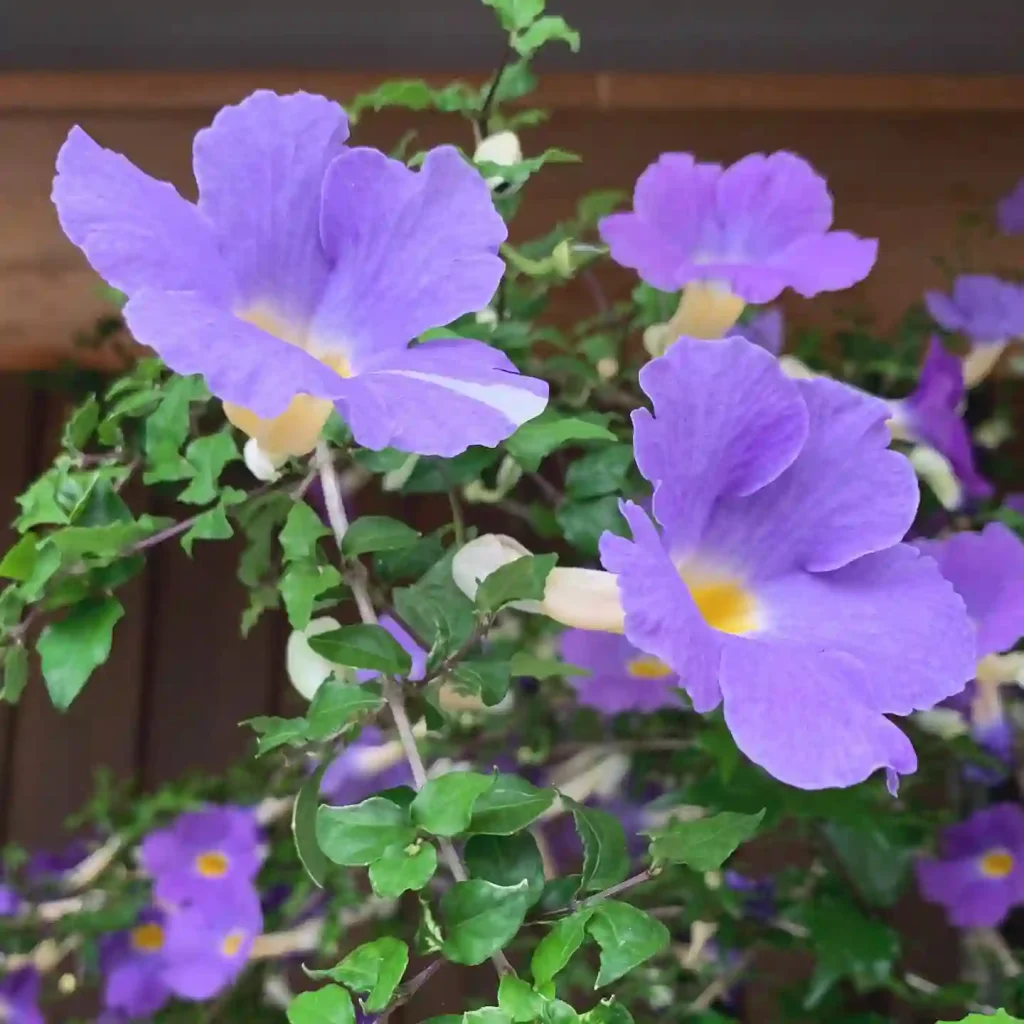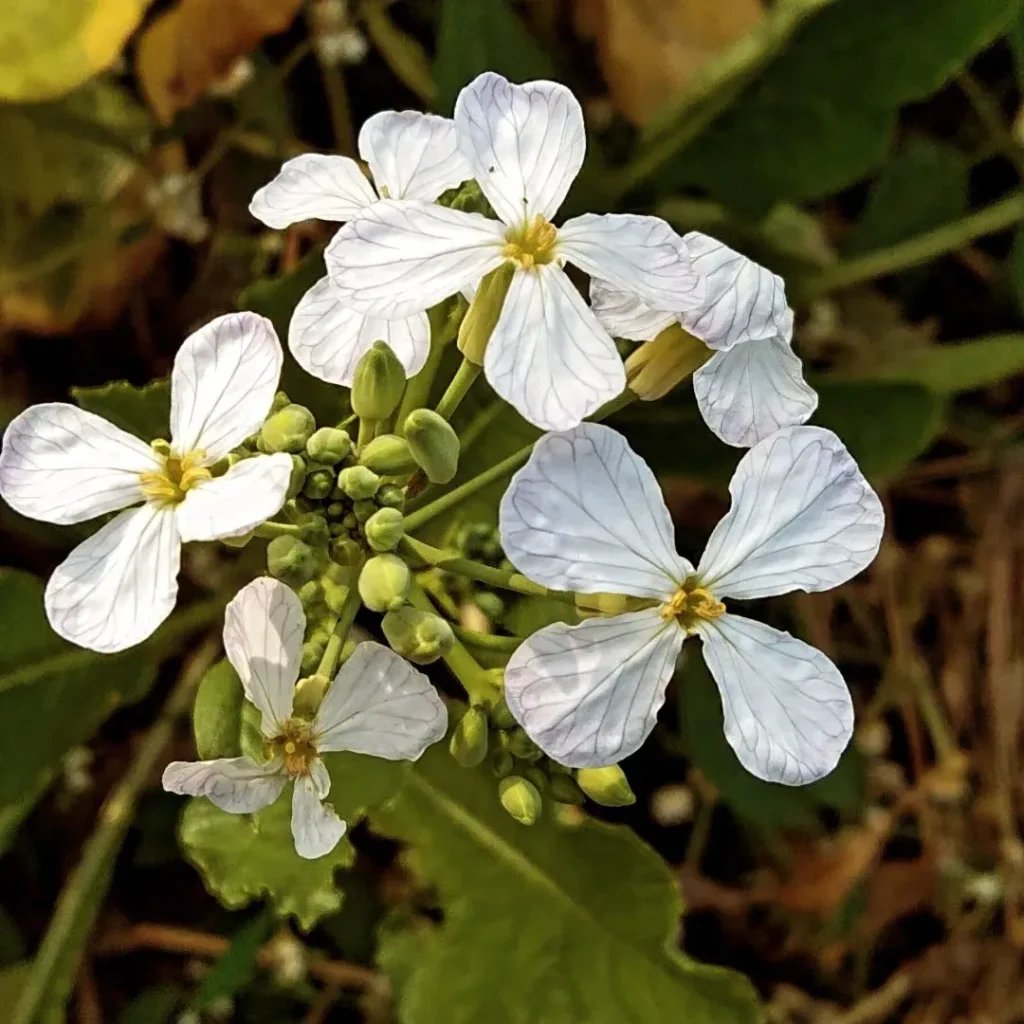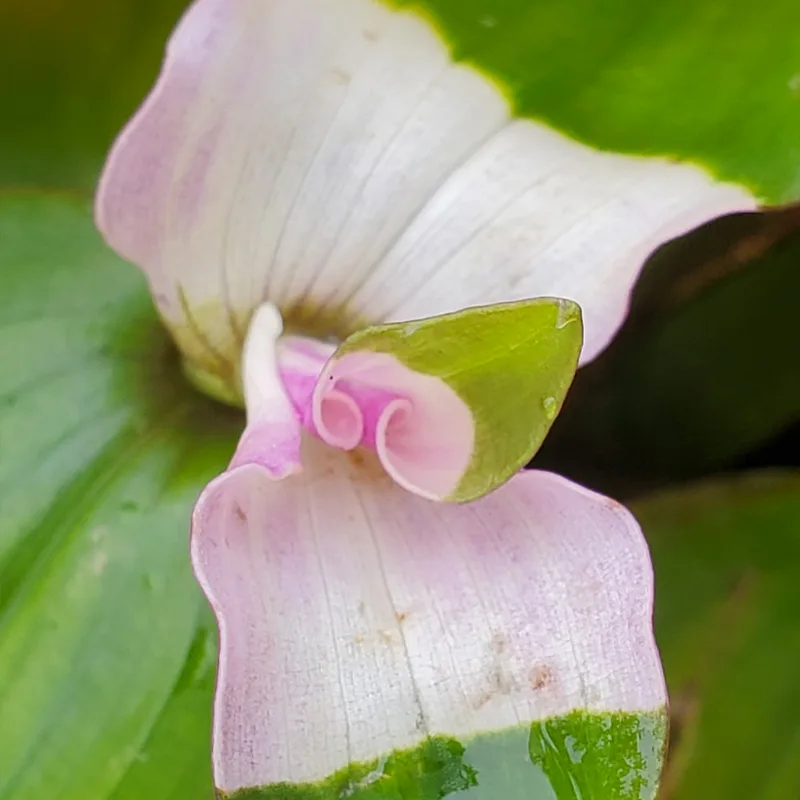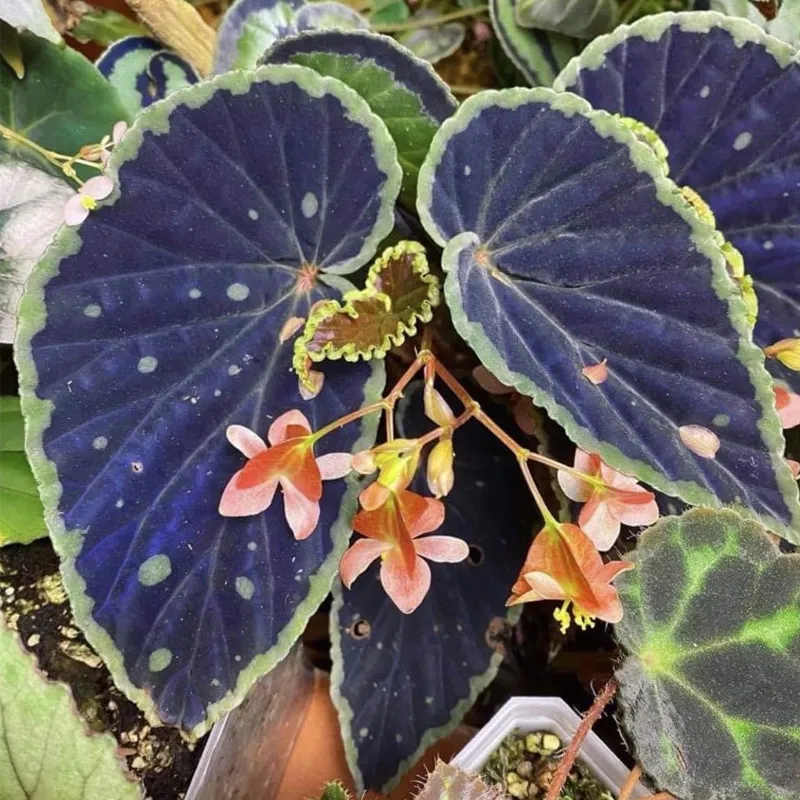My Journey with Pink Lady Peperomia
Hello, fellow plant enthusiasts! I’m Ferb Vu, and today I want to share my experience and knowledge about one of my favorite houseplants: the Peperomia Pink Lady. This charming plant, with its variegated leaves and pink hues, has become a star in my indoor garden. If you’re intrigued by this delightful plant, read on to discover more about it, including how to care for it, propagate it, and the best companions to plant alongside it.
1424 Species in Genus Peperomia
What is Peperomia Pink Lady?
The Pink Lady Peperomia, scientifically known as Peperomia caperata ‘Pink Lady,’ is a stunning variety of the Peperomia family. This plant is adored for its heart-shaped leaves that boast a mix of green, cream, and pink colors. It’s relatively small, typically reaching about 6-8 inches in height, making it perfect for compact spaces and desk displays. The Pink Lady Peperomia is not only attractive but also low-maintenance, which is why it’s a favorite among both novice and experienced plant parents.
How to Care for Peperomia Pink Lady?
Caring for Pink Lady Peperomia is straightforward, and with a little attention, your plant can thrive. Here are some tips to ensure your Pink Lady Peperomia stays healthy and vibrant:
Light
Pink Lady Peperomia prefers bright, indirect light. Too much direct sunlight can scorch the leaves, while too little light can dull the vibrant colors. A north or east-facing window is ideal. If natural light is limited, fluorescent lighting can also work well.
Watering
Watering is a critical aspect of Peperomia care. These plants prefer their soil to dry out between waterings. Overwatering can lead to root rot, so it’s essential to check the soil moisture before watering. I usually water my Pink Lady once every 1-2 weeks, adjusting based on the season and indoor humidity levels.
Humidity
While Pink Lady Peperomia can tolerate average household humidity, it thrives in a slightly more humid environment. You can increase humidity by placing a tray of water near the plant or using a humidifier. Grouping plants together also helps create a microenvironment with higher humidity.
Temperature
These plants prefer temperatures between 65°F to 75°F (18°C to 24°C). Avoid placing them in drafty areas or near heating vents, as sudden temperature changes can stress the plant.
Soil
A well-draining soil mix is essential for Pink Lady Peperomia. I use a mix of potting soil and perlite to ensure good drainage. You can also use a commercial cactus or succulent mix.
Fertilizing
Fertilize your Pink Lady Peperomia during the growing season (spring and summer) with a balanced, water-soluble fertilizer diluted to half strength. I usually feed my plant once a month during this period.
How to Propagate Pink Lady Peperomia?
Propagating Pink Lady Peperomia is a fun and rewarding process. There are a few methods to propagate this plant, but the most common is through leaf cuttings. Here’s a step-by-step guide:
- Select a Healthy Leaf: Choose a mature, healthy leaf with a petiole (the small stem that attaches the leaf to the main stem).
- Cut the Leaf: Using a clean, sharp knife or scissors, cut the leaf with about 1-2 inches of the petiole attached.
- Prepare the Soil: Fill a small pot with a well-draining soil mix. Moisten the soil lightly.
- Plant the Cutting: Insert the petiole into the soil, ensuring that the leaf blade is above the soil surface.
- Create a Humid Environment: Cover the pot with a plastic bag or place it in a propagation box to maintain high humidity.
- Place in Indirect Light: Keep the cutting in a warm spot with bright, indirect light.
- Wait and Watch: In a few weeks, you should see roots developing. Once the plantlet is established, you can transplant it into a larger pot.
What to Plant with Pink Lady Peperomia?
Pairing Pink Lady Peperomia with complementary plants can enhance its beauty and create a stunning display. Here are a few suggestions:
- Peperomia obtusifolia: With its thicker, green leaves, this Peperomia variety contrasts beautifully with the Pink Lady.
- Fittonia (Nerve Plant): The vibrant veining on Fittonia leaves adds a dramatic flair when paired with Pink Lady Peperomia.
- Pilea Peperomioides (Chinese Money Plant): The round, coin-like leaves of Pilea create an interesting texture contrast.
- Calathea: Known for their striking foliage, Calatheas can complement the delicate leaves of Pink Lady Peperomia with their bold patterns.
Peperomia Pink Lady vs Abricos
Within the realm of pink peperomias, two strikingly similar contenders emerge – Peperomia Abricos and Pink Lady. While their resemblance is evident, a nuanced distinction sets them apart: Peperomia Abricos boasts a delicate pink perimeter solely around the edges of its leaves.
Peperomia Pink Lady vs Pink Marble
In the realm of peperomias, the Peperomia Pink Marble emerges as a standout due to its unique pink variegation gracing the leaves, harmonizing beautifully with its deep green foliage. Conversely, the Peperomia Pink Lady also boasts pink variegation, yet it embraces a more uniform pattern that elegantly spans across its leaves.
Why Choose Pink Lady Peperomia?
The Pink Lady Peperomia is more than just a pretty plant; it’s a symbol of low-maintenance beauty that can thrive in various indoor environments. Its unique coloration can brighten up any space, and its compact size makes it versatile for different settings. Plus, the joy of propagating and watching new plants grow is a rewarding experience for any plant lover.
If i die, water my plants!



